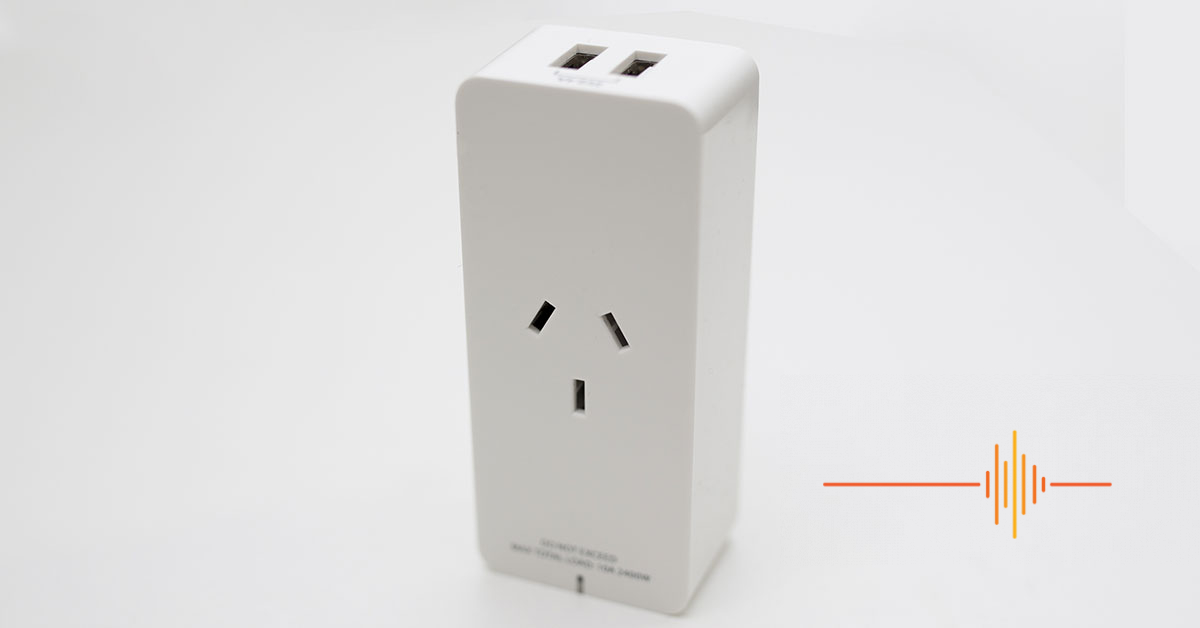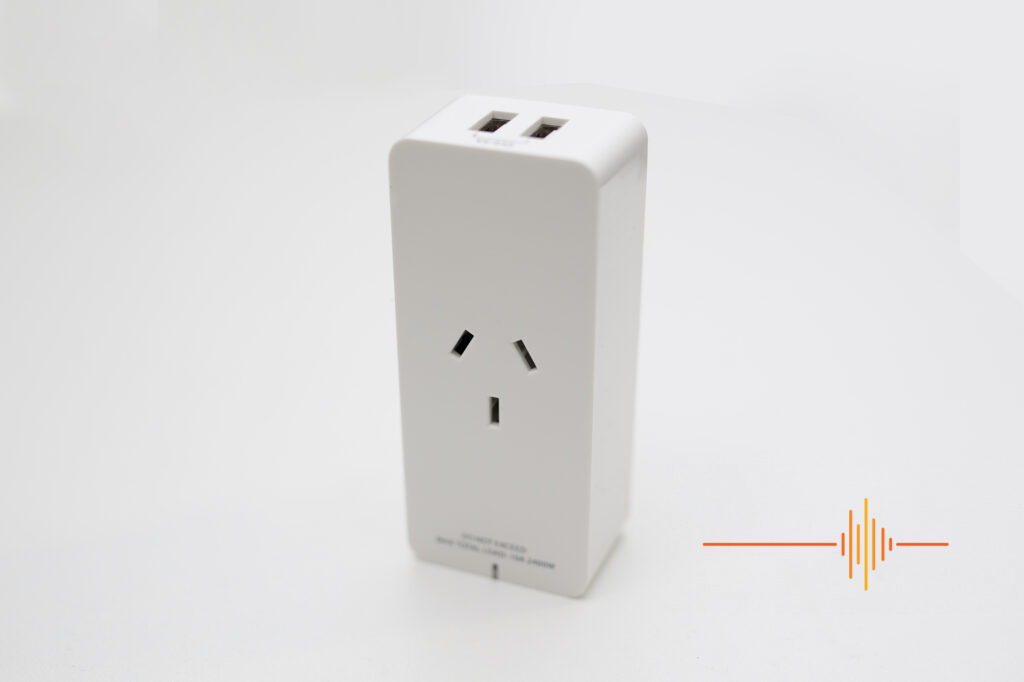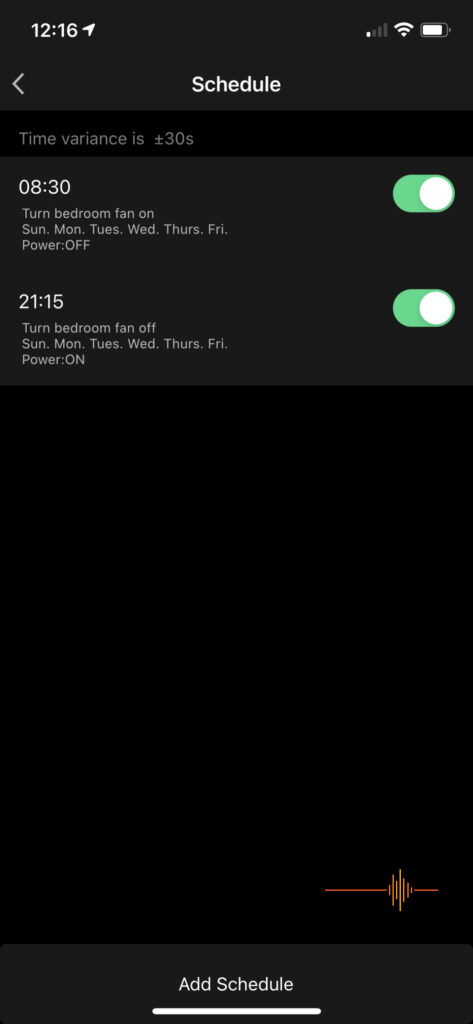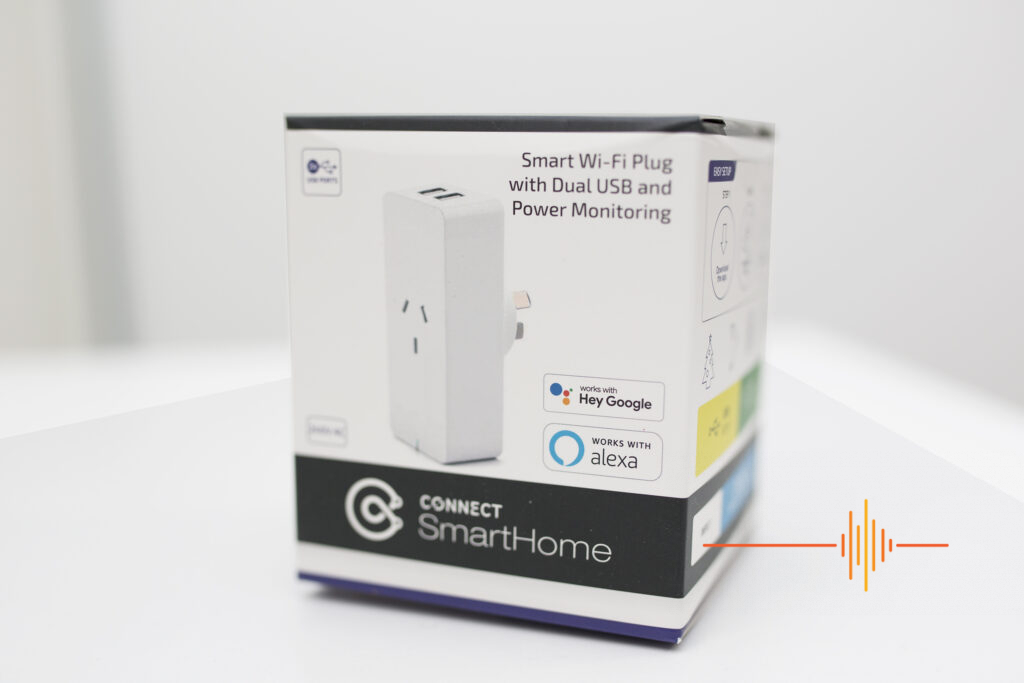The Connect SmartHome Smart Wi-Fi Plug with Dual USB and Power Monitoring (CSH-PLGUSBPM) is a powerful addition to your home automation. With this plug, you have the obvious benefits of turning any ‘dumb’ appliance into a smart device in your Alexa or Google Home ecosystem. You will also be able to control them with timers and schedules controlled from your phone included, as well monitoring your power consumption. Connect SmartHome are making a big impact in producing quality products at a decent price point. This plug is no exception with an RRP of just AU$29, but often found in retailers down closer to AU$20.
What’s In The Box?
 There are no frills with the package. The actual plug takes up most the space along with a small instruction manual. I’ll be honest, I threw the instructions to the side and I can’t even find them now. These devices are easy enough to set up (more on that in a few).
There are no frills with the package. The actual plug takes up most the space along with a small instruction manual. I’ll be honest, I threw the instructions to the side and I can’t even find them now. These devices are easy enough to set up (more on that in a few).
The unit is not exactly small. There are definitely smaller smart plugs available on the market, such as D-Link’s Mini Wi-Fi Smart Plug, but this one offers some amazing bang for your buck. The device is 43mm wide and 100mm high, so it will cover your power point switch when plugged in. Once plugged in, the unit will stick out about 38mm from the wall, so keep that in mind if your power point is behind the bed or some such.
The socket is your standard Australian power socket and there are two USB ports (see next section). There’s a button on the bottom which allows you to control the power point manually. Finally, there’s a small indicator light that will show if the power is on or off (and signal readiness for syncing to the smart App).
The Dual USB Ports: Are they useful?
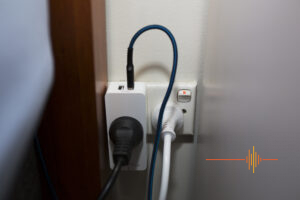 The plug comes with two USB-A ports on top which are 5V output or a maximum of 2.4A individually or shared across the two ports. This will do alright for charging some of your devices, but you won’t be fast charging or making use of a wireless charging pad with it (which generally require 20W power bricks).
The plug comes with two USB-A ports on top which are 5V output or a maximum of 2.4A individually or shared across the two ports. This will do alright for charging some of your devices, but you won’t be fast charging or making use of a wireless charging pad with it (which generally require 20W power bricks).
It is worth noting that the USB ports are ‘always on’. Meaning that you can charge / power devices from the USB ports regardless of if the appliance plugged in is switched on or not through the smart plug. Of course, this also means you can’t control USB devices plugged in via smart automation (so no separate automation of USB lights or fans).
Connecting the Connect SmartHome Smart Wi-Fi Plug with Dual USB and Power Monitoring
A little while back, I reviewed Connect SmartHome’s Powerboard with 2X USB (CSH-5PWV2USB). Connecting this plug into your smart home ecosystem is really no different.
Download the App.
Plug in the plug.
Pair it to your phone using the prompts in the App.
And that’s about it. As with the Powerboard, you can use the Connect SmartHome App, which is highly rated on the iOS App Store. While I’ve used it in the past, I use the generic TuyaSmart App, which allows me to pair Connect SmartHome devices with other devices in my smart ecosystem together in the one App.
It is as simply as opening the App (which, if you’re a first time user, may involve you setting up an account), plugging in the Connect SmartHome Smart Wi-Fi Plug with Dual USB and Power Monitoring and turning it on at the wall, and, with the indicator light blinking on the plug, searching for it in the App. Done.
Controlling your Connect SmartHome’s Smart Wi-Fi Plug with Dual USB and Power Monitoring
Once you’re set up in the App, things are pretty easy.
Make sure you name the device to something you want. For me, over winter, I had my heater plugged in, so I named it “Oil Heater” (so Google doesn’t get confused with the air conditioner heater). Now we’re in summer, I have renamed it to “Bedroom Fan” for the pedestal fan I operate from it.
Working at your own schedule
The power of the plug (pardon the pun) comes through the App. Be it Connect’s App or TuyaSmart’s App, there is great added functionality that you cannot control via Alexa or Google Home.
Setting up timers is a breeze. If the plug is off and you start a timer, the plug will turn on after the set time.; if the plug is on, it will turn off after that timer expires. I find it quite useful, for example, for leaving the heater on for half hour when I climb into bed.
Similarly, setting up schedules is great. You can create multiple scheduled times for when the plug turns on or off. As an example, when it’s really cold in winter, I set up multiple scheduled events so my heater turns on and off automatically through the night so my room doesn’t get super cold. By doing this, I can conserve power by not just letting the heater run all night. Alternatively, at the moment since we’re in summer, I have my pedestal fan plugged in. With schedules, I have the fan set to turn on at 9:15pm to circulate the air in my room so it is not so stuffy when I go to bed, and to turn off in the morning. You can set schedules up to perform once only or repeat on set days (as pictured for this review) or every day.
Imagine having your coffee maker or something set so you wake up each morning to the smell of fresh coffee… (I can’t, I don’t drink coffee.)
Monitor your consumption
We live in an age where a) conserving power is important for the environment and looming climate change, and b) power prices are high so you want to ensure you’re not burning power for no reason. As per the name, this smart Wi-Fi plug comes with Power Monitoring. Open the App, and you will find monthly and daily usage.
If you are so inclined, you can watch your power usage of the plugged in appliance in detail. It’s something of interest for you to check out time to time but probably won’t come into your everyday use of the plug. For someone like my uncle, who love watching things like and seeing exactly how much power an appliance uses, it may be something you look at more closely. This could be a very handy tool for monitoring energy consumption of your large appliances such as your fridge or freezer.
The Power of Voice
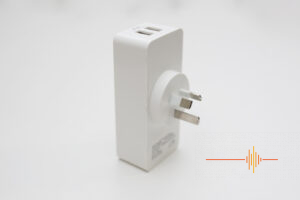 The Connect SmartHome Smart Wi-Fi Plug with Dual USB and Power Monitoring is compatible with both Google Home and Amazon’s Alexa. Open your home automation App of choice (for me, Google Home), link either TuyaSmart or Connect as a linked service, and add the device to a room.
The Connect SmartHome Smart Wi-Fi Plug with Dual USB and Power Monitoring is compatible with both Google Home and Amazon’s Alexa. Open your home automation App of choice (for me, Google Home), link either TuyaSmart or Connect as a linked service, and add the device to a room.
And, just like that, your appliance is linked into your smart home ecosystem.
For me, it’s as simple as calling out “Okay Google, turn on bedroom fan” and the pedestal fan will come on. In winter, telling Google to turn on the “Oil Heater” was extremely handy when I woke at 4am and it was freezing cold. No getting out from under the covers. Just mutter the words and Google does the rest.
As a tip, if you name the plug “Lamp” or something, it will group with other lights (such as ceiling lights) in the room and turn them all on when you give certain commands. If you don’t want that, try something like “Bedside” instead.
The added benefits of safety
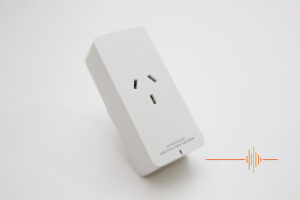 There are two great safety features with using smart plugs on certain appliances. The first is the ability to check the power status anywhere you are. Do you have an appliance you always worry about leaving on when you go out, such as a heater or an iron? If you plug them in through a smart plug, if you go out and think “Oh, did I turn off X this morning?”, you can simply open the App and check. No matter where you are, you can then turn it off if required.
There are two great safety features with using smart plugs on certain appliances. The first is the ability to check the power status anywhere you are. Do you have an appliance you always worry about leaving on when you go out, such as a heater or an iron? If you plug them in through a smart plug, if you go out and think “Oh, did I turn off X this morning?”, you can simply open the App and check. No matter where you are, you can then turn it off if required.
The other feature, noting the power monitoring capability, there’s every chance you may hook this plug up to a fridge or freezer so you can monitor power use (not so much for turning it on and off). If you go into the device settings, you can activate notifications on your phone for if the device goes offline for whatever reason. This won’t tell you if you’ve accidentally turned off your appliance, but at least if you get told the plug has gone offline (i.e. not connected to the network). Going offline may just mean the network is down, but it may mean the power is off, too. With this alert, you can make sure your frozen foods aren’t going to defrost due to power failure.
Some extra thoughts on using the Connect SmartHome Smart Wi-Fi Plug with Dual USB and Power Monitoring
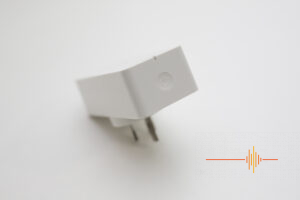 I have been using this plug for both my heater and my fan (and charging devices as well) for a few months now. It works simply and reliably. It is worth noting the plug gets a tiny bit warm, regardless of whether the plugged in advice is on or off. It’s not super hot nor alarming, but you may not want bed sheets pressed against it.
I have been using this plug for both my heater and my fan (and charging devices as well) for a few months now. It works simply and reliably. It is worth noting the plug gets a tiny bit warm, regardless of whether the plugged in advice is on or off. It’s not super hot nor alarming, but you may not want bed sheets pressed against it.
There is minimal light emitted from this plug, so it’s great for use in a bedroom without keeping you up.
The power button being on the bottom isn’t an issue for me. Really, the only time you would control it manually is if your Wi-Fi network went down and you can’t control it via the App or Google Home / Alexa.
Final thoughts on the Connect SmartHome Smart Wi-Fi Plug with Dual USB and Power Monitoring
The Connect SmartHome Smart Wi-Fi Plug with Dual USB and Power Monitoring is a simple yet effective Wi-Fi plug to add ‘dumb’ devices to your smart home ecosystem. Be it that old lamp that you inherited, your coffee maker, your electric blanket or heater or pedestal fan, just plug in the appliance into the Wi-Fi plug and you have the freedom to turn it on or off via the App or Google Home or Alexa. And with the power monitoring feature, you can watch how much power is consumed by your fridge or freezer or that old appliance you have been considering upgrading.
This plug has a RRP of AU$29, however I note at the time of writing that Harvey Norman are selling these for AU$23. At this price, it’s an absolute steal. (If you want one without the power monitoring, they are selling for AU$15.)
In my experience, this device is reliable, adds so much user-friendly automation, and gives me the added insight into my power consumption. The only thing that may be slightly negative for some would be the size, but it isn’t an issue for me. If you’re building a smart home ecosystem, I recommend adding one or two of these into the mix.


